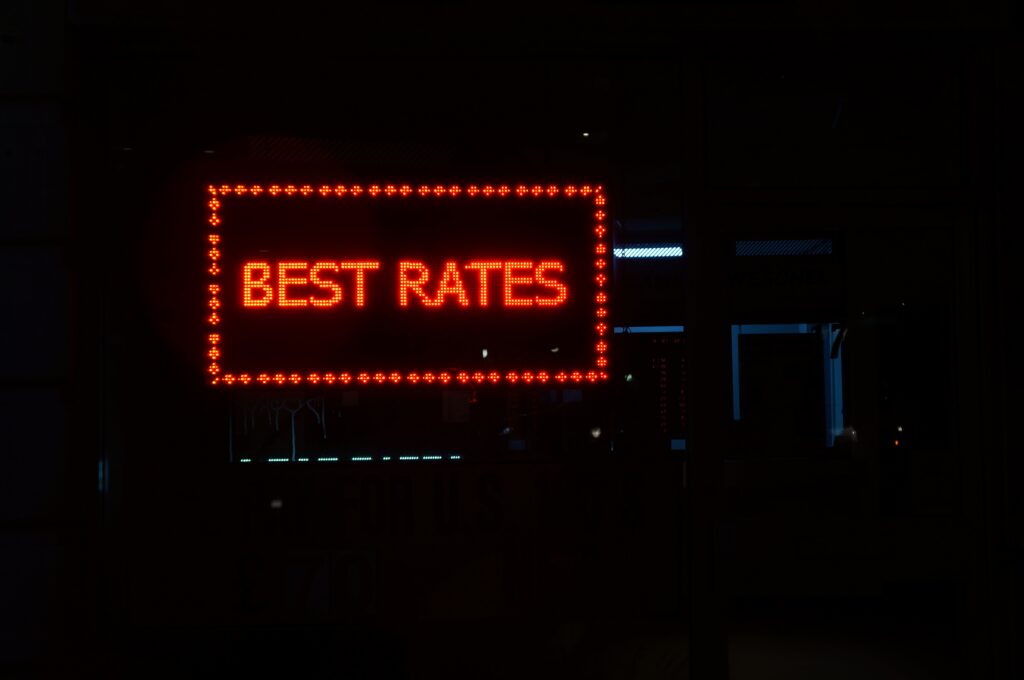The Siren Call of Lower Interest Rates

Lower interest rates are the siren call that often lures homeowners into the waters of refinancing. The allure is understandable: a mere 1% reduction in your interest rate can translate into tens of thousands of dollars saved over the life of your loan. But before you set sail, it’s crucial to understand the entire landscape—both the tranquil seas and the potential storms.
The Math Behind the Savings
Let’s break down the numbers. Suppose you have a $300,000 mortgage with a 4% interest rate. Lowering that rate to 3% could save you around $170 per month. Over a 30-year loan term, that’s a whopping $61,200 in savings. These numbers aren’t just attractive; they’re transformative. They could mean the difference between affording your child’s education, going on that dream vacation, or even retiring a few years earlier.
The Hidden Icebergs: Costs of Refinancing

Refinancing isn’t a free ride. There are costs involved, often amounting to 2-5% of the loan’s principal. These can include application fees, origination fees, and appraisal costs. Then there’s the potential prepayment penalty on your existing loan. These costs can quickly add up, eroding the benefits of a lower interest rate. It’s essential to calculate your break-even point—the time it will take for the refinancing benefits to outweigh the costs.
The Break-Even Point
Calculating the break-even point is a crucial step in your refinancing journey. If your refinancing costs are $6,000 and you’re saving $200 per month, it will take you 30 months to break even. That means you should plan to stay in your home for at least 2.5 years to make the financial decision worthwhile. If you’re planning to move in a year or two, the costs may outweigh the benefits.
Timing is Everything: When to Refinance

Timing is a crucial factor in the refinancing equation. Interest rates fluctuate due to various economic indicators such as inflation, employment data, and geopolitical events. It’s essential to keep an eye on these factors and consult with financial experts to determine the best time to refinance.
Economic Indicators to Watch
Key economic indicators to watch include the Reserve Bank of Australia’s (RBA) interest rate announcements, inflation rates, and employment figures. These indicators can give you a sense of where interest rates are headed, allowing you to time your refinancing decision optimally.
Your Next Steps: Consult a Mortgage Broker
Navigating the refinancing landscape can be complex. That’s why it’s advisable to consult a mortgage broker who can guide you through the intricacies of loan products, interest rates, and timing. If you’re considering taking this financial leap, I highly recommend speaking to a mortgage broker from Can Finance Group. They can provide personalised advice tailored to your financial situation, ensuring that you make the most informed decision possible.
